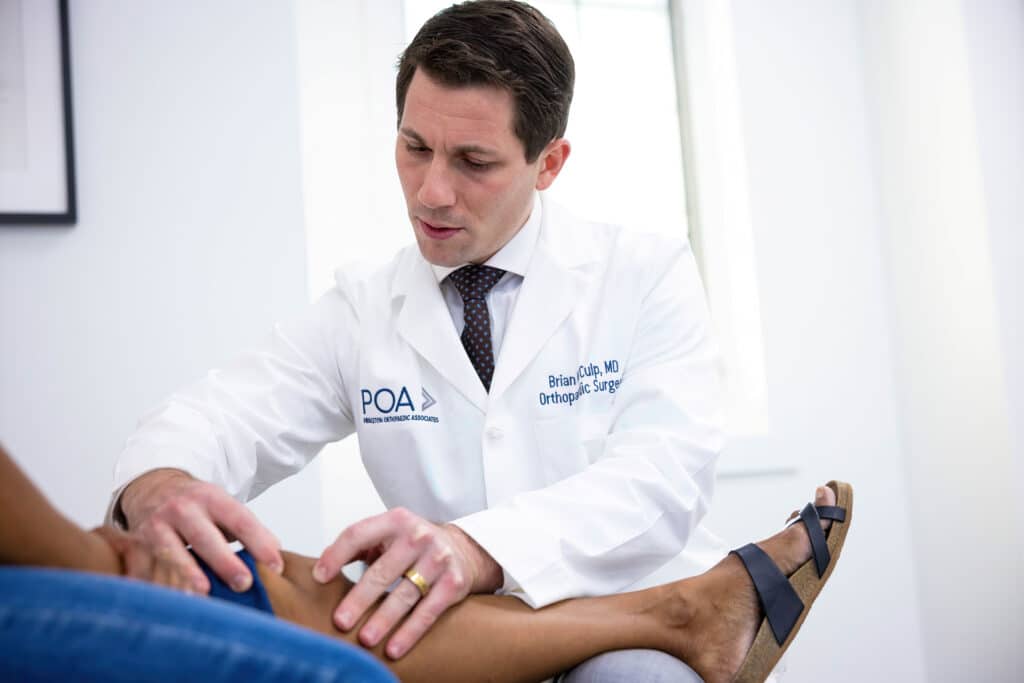
Physician Assistants
Physical & Occupational Therapists
KneeMRI ScansNon-OperativePhysiatry
Physical Therapy
Podiatry
Spine
Sports Medicine
TraumaUrgent Care
X-Ray Imaging

Most of the time, broken bones heal correctly. In some cases, however, the bone doesn’t heal together the way it should. When this happens with the front lower leg bone, the tibia, you may need surgery to repair the problem.
Tibial nonunion surgery is necessary for only about 10% of patients with tibial fractures. The bone does not heal properly and causes pain, swelling, and physical deformity in those cases. Often, the lack of healing results from a lack of proper blood supply to the fractured area during healing. Other factors can affect it, including diabetes, vitamin D deficiency, severe anemia, poor nutrition, and certain medications.
Treatment of tibial nonunions is two-fold. The first step is to figure out why the bone didn’t heal correctly and address the problem so the bone can be repaired and heal the way it should.
The second step is surgery to stabilize the bone and make the repairs necessary to return healthy tissue to the affected area. The surgeon may install rods, plates, or screws to hold the bone in place. A bone graft may be used to bring in healthy cells and stimulate bone growth. The graft may come from the back of the hip bone. Any infection in the area is removed so proper healing can take place.
At Princeton Orthopaedic Associates, we will work with you to determine the cause of your tibial nonunion, and we will offer the best treatment options for your case. Our goal is to have you walking again without pain.



